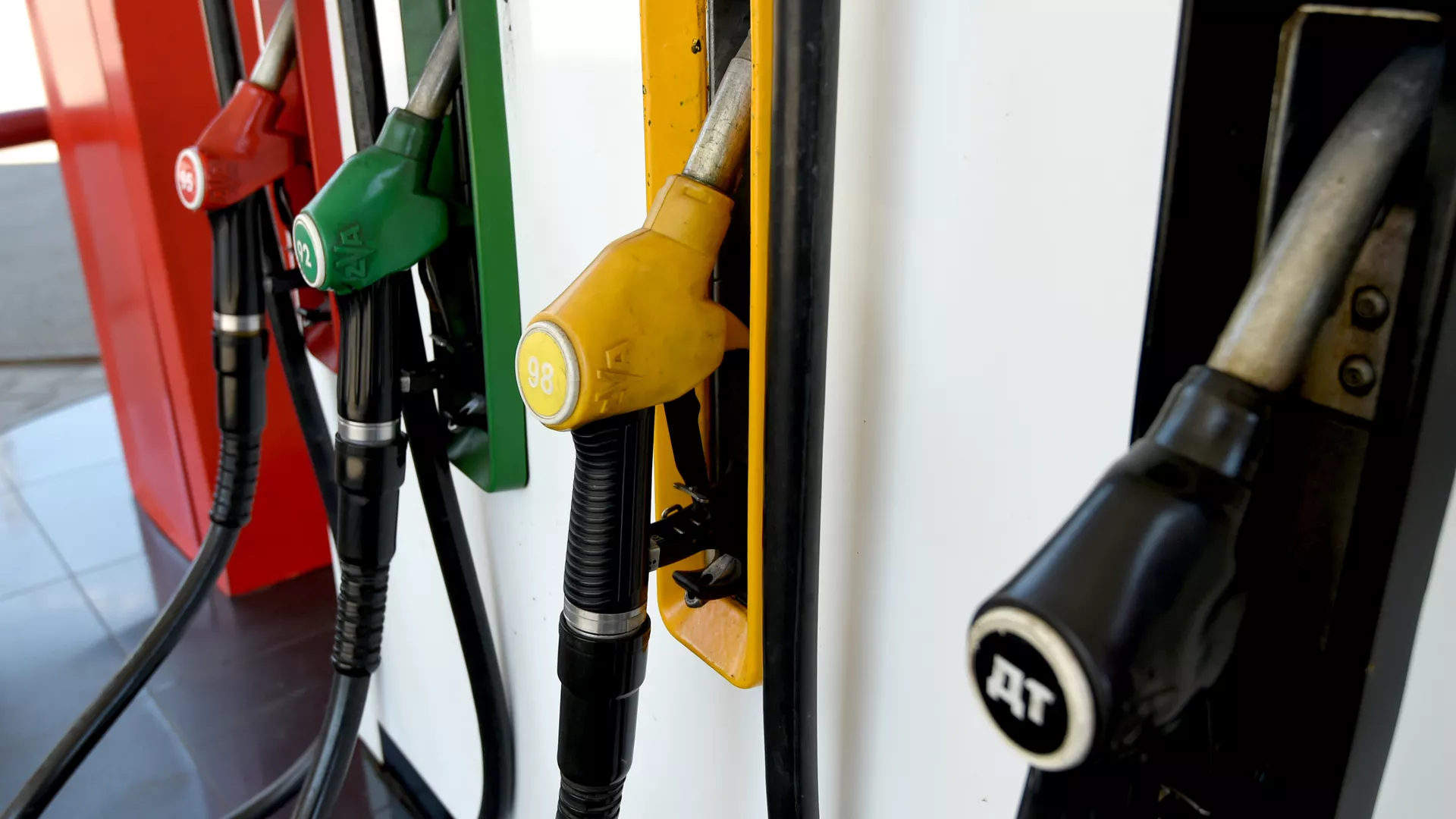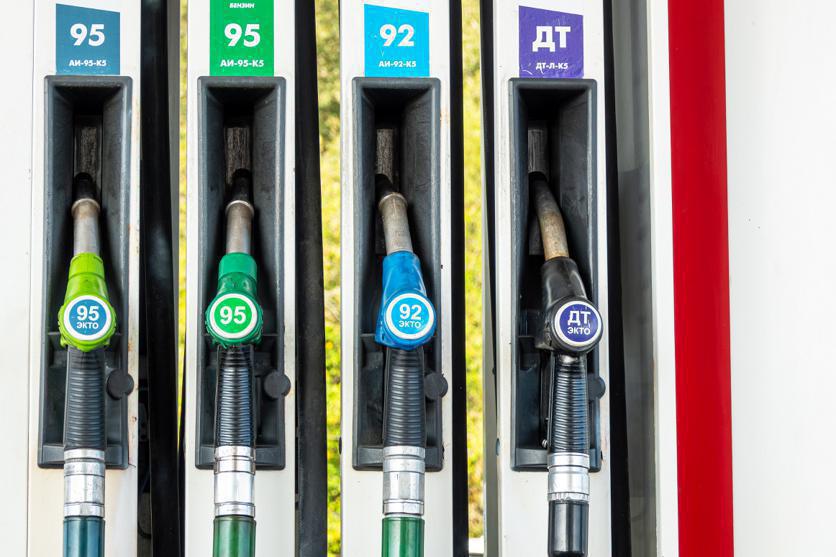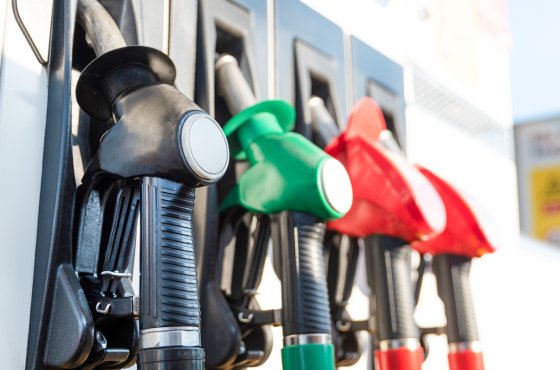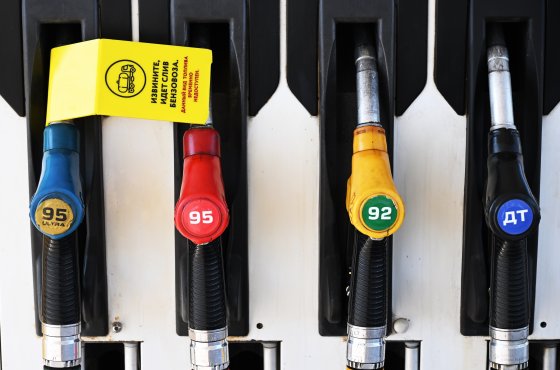For over a year and a half, the Arctic LNG-2 project faced significant challenges in selling its gas due to the sanctions imposed by the United States. However, a surprise buyer has emerged. It appears that China is no longer hesitant to purchase sanctioned gas from Russia. What lies behind this newfound boldness from Beijing?
The fourth LNG carrier from the Arctic LNG-2 project has successfully offloaded its cargo in China. Both the carriers and the gas itself are subject to sanctions. In November 2023, the US enacted sanctions against the new, yet-to-be-launched Russian LNG plant. By December of the same year, the first phase of the Arctic LNG-2 was put into operation, yet it remained unable to secure buyers for its gas. Even foreign stakeholders in the project, who had invested in the plant under agreements to subsequently receive the product, hesitated to accept the sanctioned gas.
Novatek holds a 60% stake in Arctic LNG-2, alongside TotalEnergies from France, CNPC and CNOOC from China, as well as Japan Arctic LNG, each owning 10% shares. Collectively, Chinese companies control 20% of the project's shares.
After more than a year and a half, Arctic LNG-2 finally secured a buyer in China. Remarkably, in June of this year, Novatek managed to launch the second phase of the plant, with each line capable of delivering 6.6 million tonnes of LNG per year, totalling 13.2 million tonnes.
According to unofficial data from S&P Global, the sanctioned Russian LNG is arriving at the Tishan terminal in the Beihai port in southern China. Initial shipments were delivered by the LNG carriers "Voskhoд" and "Arctic Mulan," with September deliveries handled by the vessels "Buran" and "Zarya," all of which are under sanctions.
Moreover, data from S&P Global indicate that another tanker, "La Perouse," which fell under UK sanctions in September 2024, entered the Arctic LNG-2 port on August 27. This was the first in a recent series of vessels to head west instead of east along the Northern Sea Route. As of September 12, the "La Perouse" was heading towards the south of the Sahar Democratic Republic.
"Last year, China was reluctant to purchase this LNG, causing all the gas from the plant to be stored in two floating LNG storage units in the Murmansk region and Kamchatka — Saam PGH and Koryak PGH.
These are essentially two large gas storage vessels built in South Korea. They were handed over to Novatek before the sanctions were imposed. The LNG was stored there, and gradually it had to be vented. Despite the LNG carrier maintaining low temperatures, gas inevitably warms up, expands, and is released into the atmosphere. This resulted in a permanent loss of some volume of LNG," explains Igor Yushkov, an expert at the Financial University under the Government of the Russian Federation and the National Energy Security Fund (FNEB).
By sending the LNG to storage, Novatek demonstrated to potential buyers that the plant was operational and that gas was available, enticing them with an attractive offer.
The fact that four carriers have offloaded sanctioned LNG at the Chinese terminal indicates that a certain company in China received the green light to purchase this gas. "I believe that China has designated a specific terminal, Tishan, which will specialise in receiving Russian LNG. It is likely that in the near future this terminal will also come under US and EU sanctions, yet it will continue to procure Russian LNG. This is akin to the shadow fleet, where tanker owners understand the risk of being blacklisted by the US, yet they still profit from transporting Russian oil," states Yushkov.
The only limitation is that the capacity of this terminal is only 6 million tonnes of LNG per year, while Arctic LNG-2 has already launched two phases, each capable of supplying 6.6 million tonnes of LNG annually. Therefore, either China will need to expand its terminal's capabilities or it plans to procure just that volume.
It is probable that logistical challenges related to ice conditions and the insufficient number of high ice-class vessels restrict the export capacity of LNG from the Arctic LNG-2 plant. Currently, Novatek possesses only one ice-class LNG carrier, "Christophe de Margerie," classified as Arc7. It was built for the Yamal LNG project, but as it is now on the SDN list of the US, it can only be used in similarly sanctioned LNG projects. During winter, LNG supplies from Arctic LNG-2 are only possible with such class vessels, yet one is clearly not enough. Yushkov notes that it is possible to export LNG in winter via the Ob Bay using lower ice-class Arc4 carriers, transferring to conventional tankers in the Murmansk region, and then navigating through Europe and the Suez Canal to China. However, this too is only feasible under favorable ice conditions.
Given these constraints, the export volume of LNG may align with the capacity of the Chinese terminal until additional high ice-class vessels, which are currently being completed at the "Zvezda" shipyard, become available.
Why has China decided to greenlight the purchase of sanctioned LNG now? The intensifying confrontation with the US may have played a crucial role.
"The situation has changed under the influence of trade wars. In 2025, China ceased LNG imports from the US — the world's largest LNG producer. The risks of gas supply shortfalls have effectively urged China to designate the Tishan terminal in the Beihai port for LNG supplies from Arctic LNG-2. This terminal will likely not be used for other supplies, allowing China to minimise sanction-related risks," explains Sergey Tereshkin, General Director of Open Oil Market.
"China realised it was pointless to turn down a lucrative offer for discounted LNG, especially since the US will continue to impose pressure. It is much easier to navigate this confrontation with Russian LNG, particularly at a lower price.
Furthermore, Beijing has this year decided against purchasing US LNG, which was not the case last year," comments the FNEB expert.
The Russian side likely agreed to a substantial discount on this LNG. It's possible that China negotiated long-term supplies of sanctioned LNG from Russia at low prices, taking into consideration Russian-American negotiations and the risks of lifting some sanctions against Russia, adds Yushkov.
Ultimately, Russian LNG supports China's energy security, as emphasised by the expert. This is precisely why China signed a memorandum regarding the "Power of Siberia-2," increased volumes for the "Power of Siberia-1," and the Far Eastern route. "For China, gas from the North is much safer than gas from the South. The Americans could refuse to supply their LNG to China. Besides the US, the other two largest LNG suppliers to China are Qatar and Australia, and the latter could easily be instructed by the US not to supply LNG to China, while American investors in Qatari projects would comply with sanctions. Furthermore, all shipments from the Middle East pass through the Malacca Strait, which the US could potentially block," concludes Yushkov.
Source: Vz.ru




